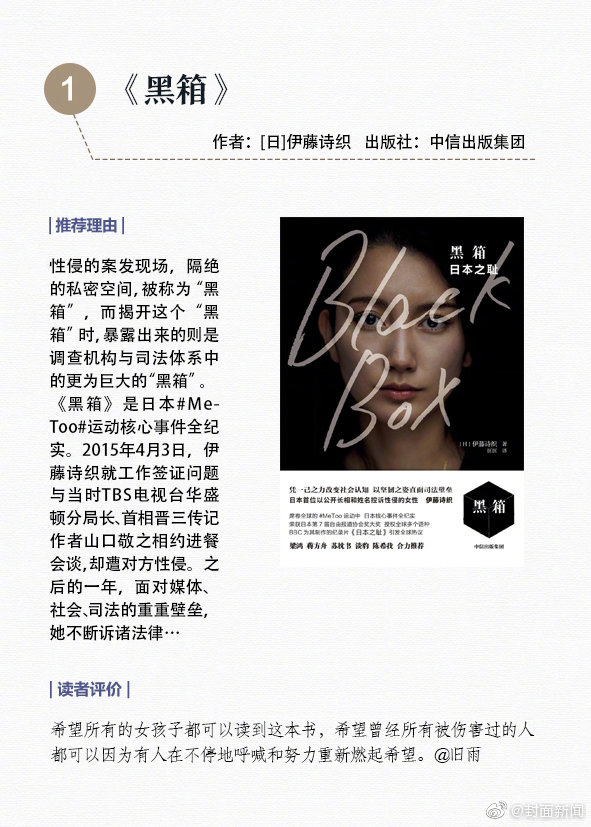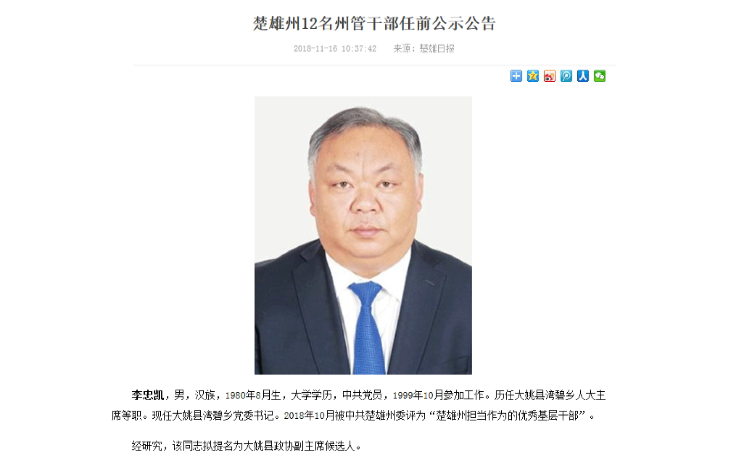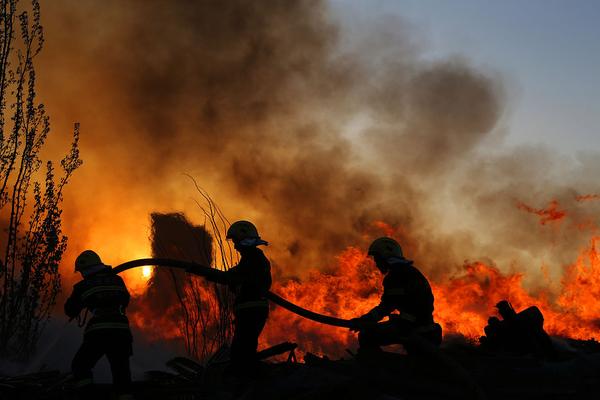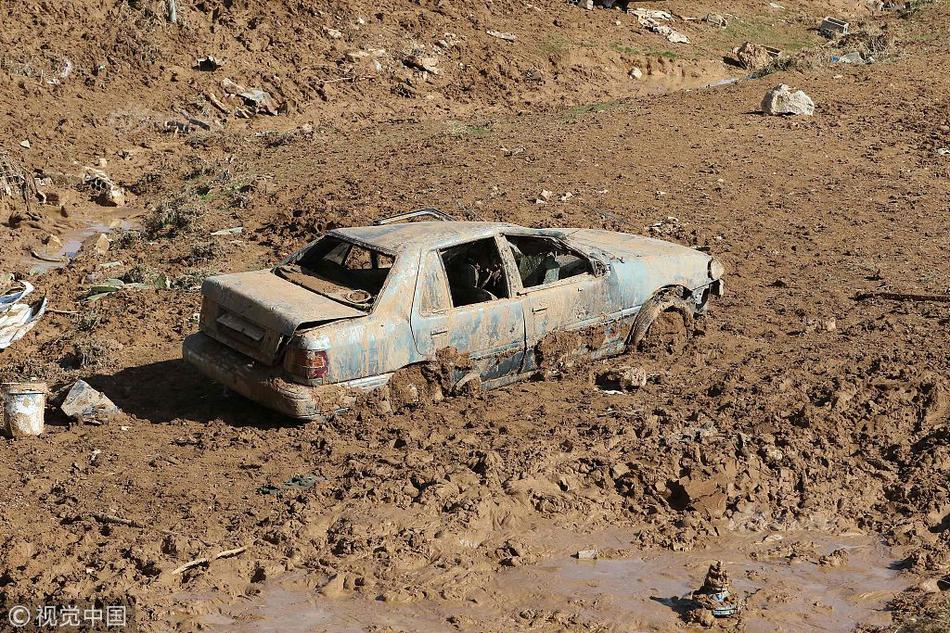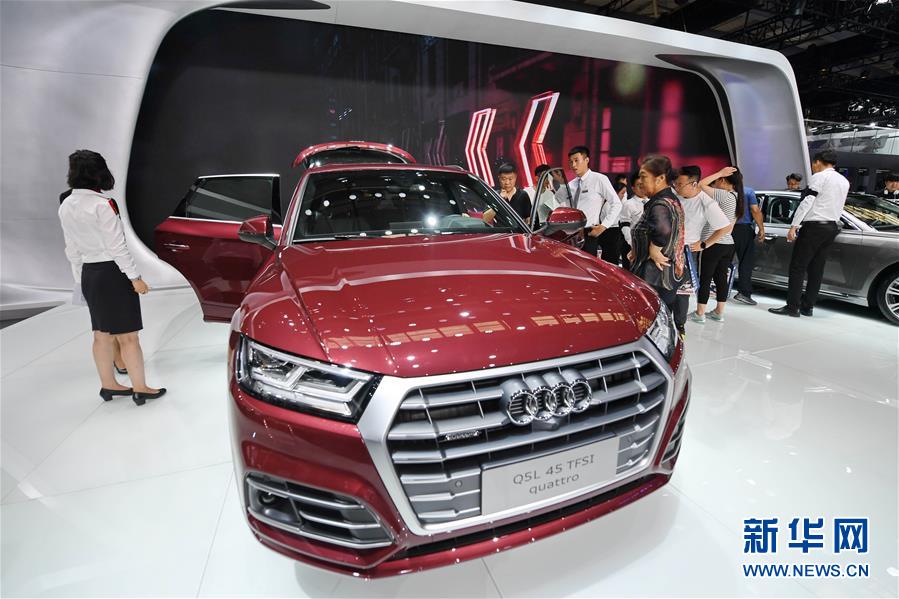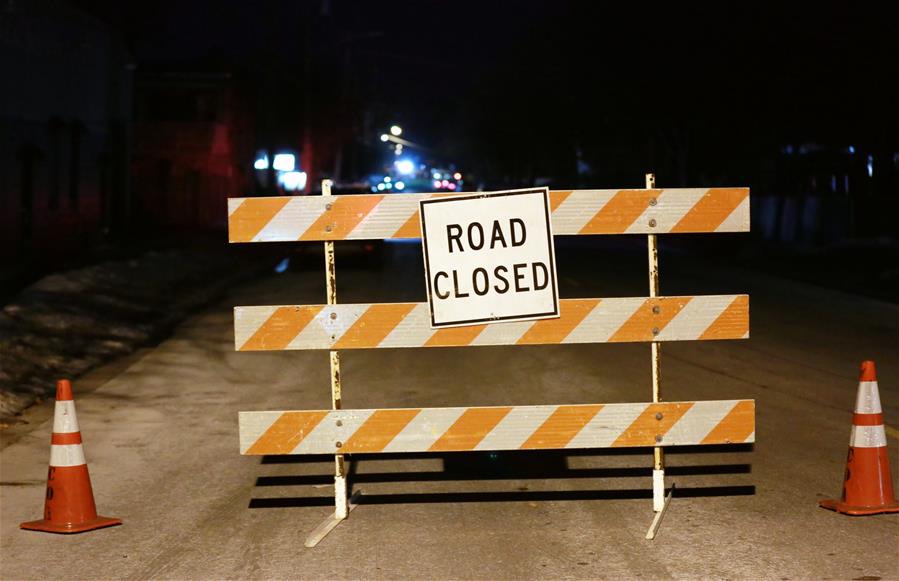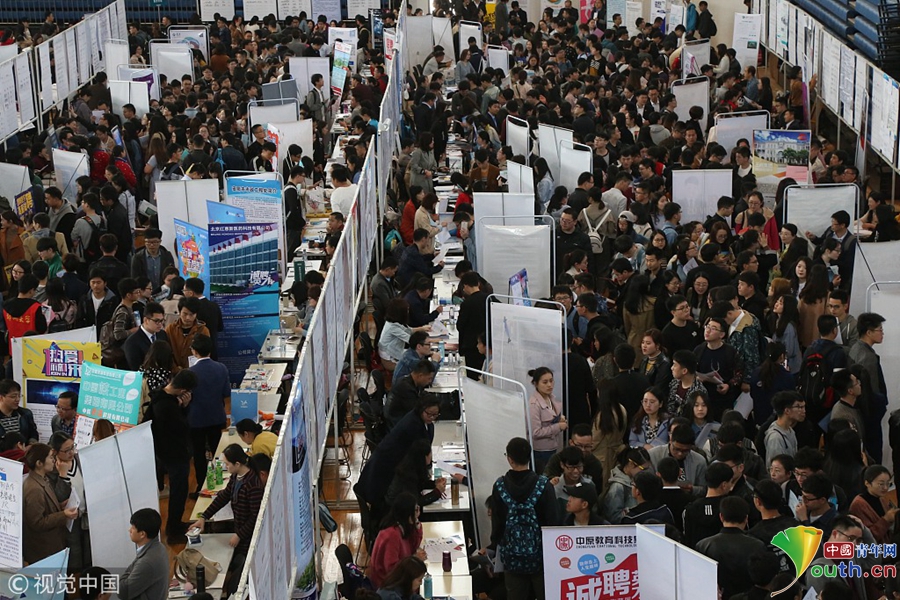【modern refrigeration and air conditioning 21st edition answer key pdf】Here's How Long It Took Apple To Reach A $100B Market Cap
It shouldn't be a surprise that
Apple,modern refrigeration and air conditioning 21st edition answer key pdf Inc
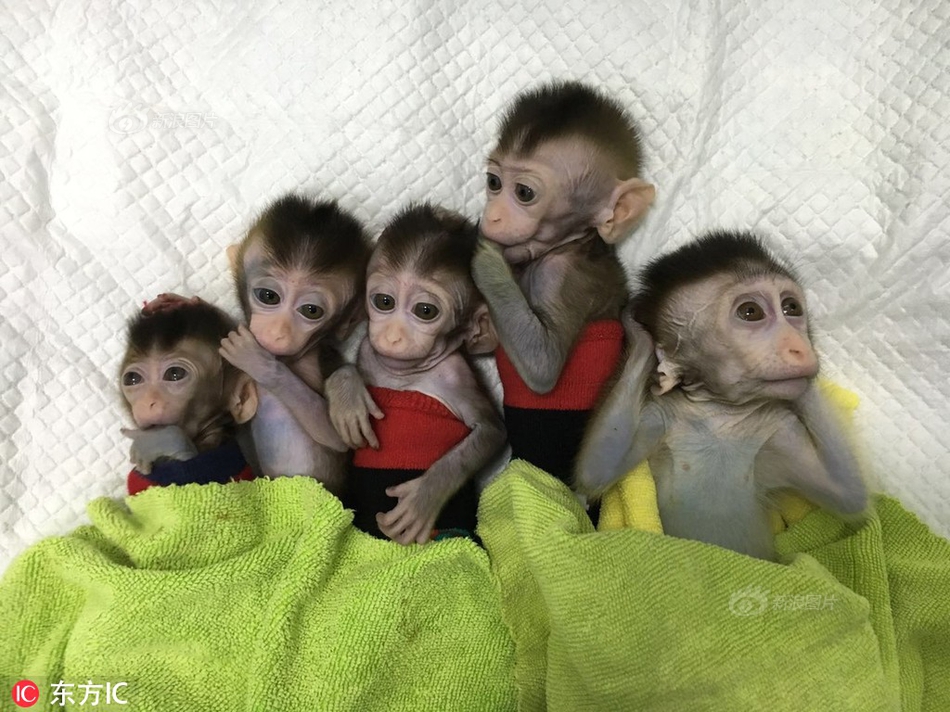
. (NASDAQ:

AAPL
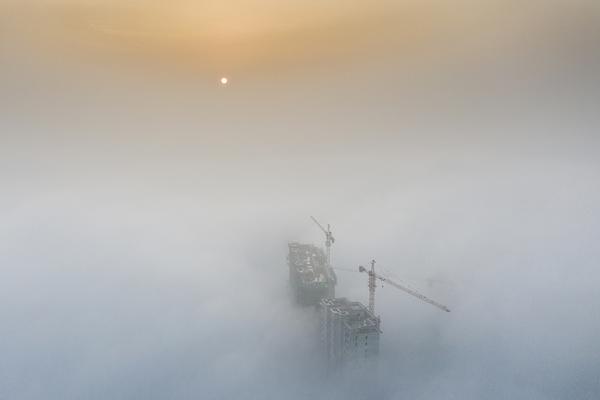
) rose over the last few decades to become such a huge Wall Street presence, and the first company to reach $1 trillion in market capitalization in 2018.
It started, after all, as a mission to bring the computer, once the province of big companies and government agencies, to lots of people. Along the way, the company developed a loyal and massive following that has been mirrored on Wall Street.
Here's a look at the company's rise from IPO to $100 billion (and much higher) in market cap.
Small Start For Jobs And Wozniak
Apple's rise to one of the most capitalized companies in the world is impressive, however, considering it started with just Steve Jobs and Steve Wozniak, on their mission to create a computer anyone could get. At first, the pair couldn't get banks to the loan them money for the startup, because the idea of a computer for home use being broadly adopted was far-fetched.
"The company's growth from two guys to a billion-dollar corporation exemplifies the American dream," BYTE Magazine wrote in 1984.
But its relatively quick rise to $100 billion in market cap in 2007, less than 30 years after going public, isn't so astonishing when you consider how big it started as a publicly-traded company. Several companies remain capitalized in the tens or hundreds of millions of dollars for years, but Apple was born a $1 billion baby.
See Also:
A Brief History Of Apple Inc.
Apple's IPO
Apple started as a company in 1976, but within a few years of turning out computers, mostly for the business market, it had become the second largest maker of small computers, after Radio Shack’s Tandy division. By the time it was set to go public, there was a lot of interest.
Apple went public on Dec. 12, 1980, with a public offering of 4.6 million shares at $22 a share.
Within a day, its share price had shot up more than 30%
. Its market cap was almost immediately more than $1 billion, and quickly nearly $2 billion.
During the 1980s and 1990s its capitalization would climb, only to drop back down a few times, including falling close to $1 billion in 1998.
It was a household name by the late 1980s, particularly after the 1984 introduction of the Macintosh.
Apple would then ride the late 1990s tech boom up, quickly reaching a $10 billion market cap in the summer of 1999. By 2006, its market cap would expand seven fold to about $70 billion before a drop to about half that.
Then, it went on another run up through the first part of 2007, hitting the $100 billion mark in late May of 2007. Total time from IPO to $100 billion market capitalization: a little over 26 years.
Story continues
From there,
the market cap growth went exponential
.
It would be three more years to $200 billion and growth of about $100 billion a year until 2012. That year was crazy, as Apple went from a $400 billion company in January of 2012 to $600 billion by April. It would reach $800 billion and then the $900 billion mark both in 2017, before crossing $1 trillion in 2018.
See Also:
Here's How Long It Took Coca-Cola To Reach A 0B Market Cap
Apple Timeline
1976: Apple Computer is born when Jobs and& Wozniak registered the company they'd created in their homes.
1977: Apple II, one of the pioneering early home computers, goes on sale.
1980: Apple IPO at $22 a share and a market capitalization of just under $1.8 billion.
1984: Apple introduces The Mac.
1999: Market cap hits $10 billion.
2005: Market cap is at $50 billion.
2006: Market cap of $75 billion.
2007: Market cap Hits $100 billion.
2012: Market cap hits $400 billion, then $500 billion, then $600 billion before the end of the year.
2018: Market cap hits $1 trillion.
Apple's market capitalization was $1.32 trillion at time of publication.
Photo credit: Matthew Yohe,
Wikimedia Commons
See more from Benzinga
What A Bernie Sanders Presidency Could Mean For Big Tech Stocks
Streaming Is Now 20% Of TV Viewing, Netflix Clings To Top Spot
Return Of The iPhone: Sales Boost Apple, Keep Sell-Side Bullish
© 2020 Benzinga.com. Benzinga does not provide investment advice. All rights reserved.
View comments
(责任编辑:Knowledge)
- ·Russia asks for ships disinfection from Iran, Italy and South Korea in Novorossiisk - document
- ·Do Directors Own Zenith Birla (India) Limited (NSE:ZENITHBIR) Shares?
- ·GLOBAL MARKETS-World stocks nurse a New Year's hangover as growth worries persist
- ·Public warned away from ship containers lost off Dutch coast
- ·How to shop safe during a holiday season like no other
- ·Who Has Been Buying Camden National Corporation (NASDAQ:CAC) Shares?
- ·CymaBay Therapeutics (NASDAQ:CBAY) Is In A Good Position To Deliver On Growth Plans
- ·Brief Commentary On Clarus Corporation’s (NASDAQ:CLAR) Fundamentals
- ·Wall Street Week Ahead: Bond investors look for Fed to justify steepening yield curve
- ·Emmy Awards 2012 live blog!
- ·Uber in advanced talks to sell air taxi unit: Axios
- ·China's manufacturing activity shrinks again in February but at slower pace
- ·BRIEF-Jiangsu Yueda Investment Sold All Of Its Shares In Bank Of Jiangsu
- ·Invest Like The One Percent With These Three ETFs
- ·Skyworks Solutions (SWKS) Matches Q2 Earnings Estimates
- ·India lets fiscal deficit targets slip this financial year and next
- ·Cathay Pacific makes good on first-class ticket blunder
- ·Top Picks 2019- McCormick Co. MKC
- ·Xtierra Announces $1 Million Financing
- ·These are the 6 hottest crypto tokens you can use to buy real estate in the metaverse



